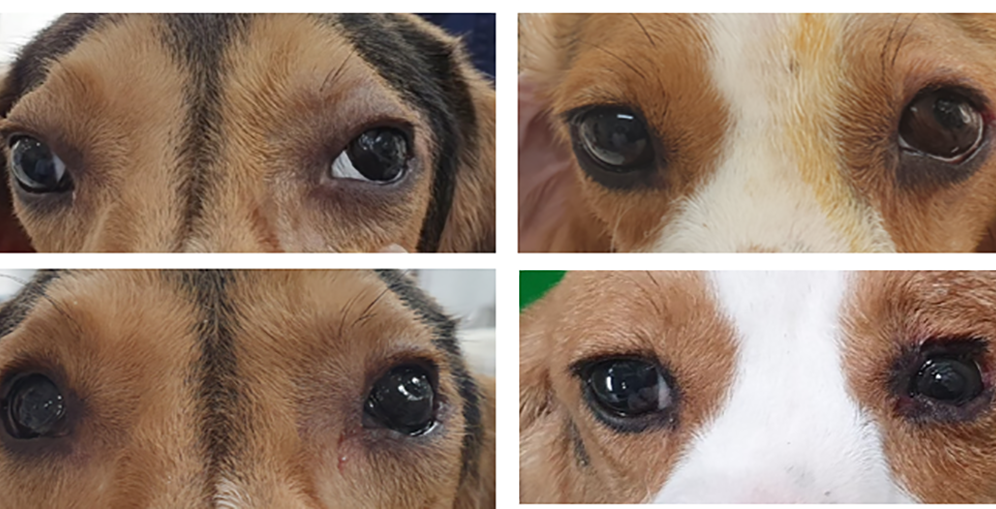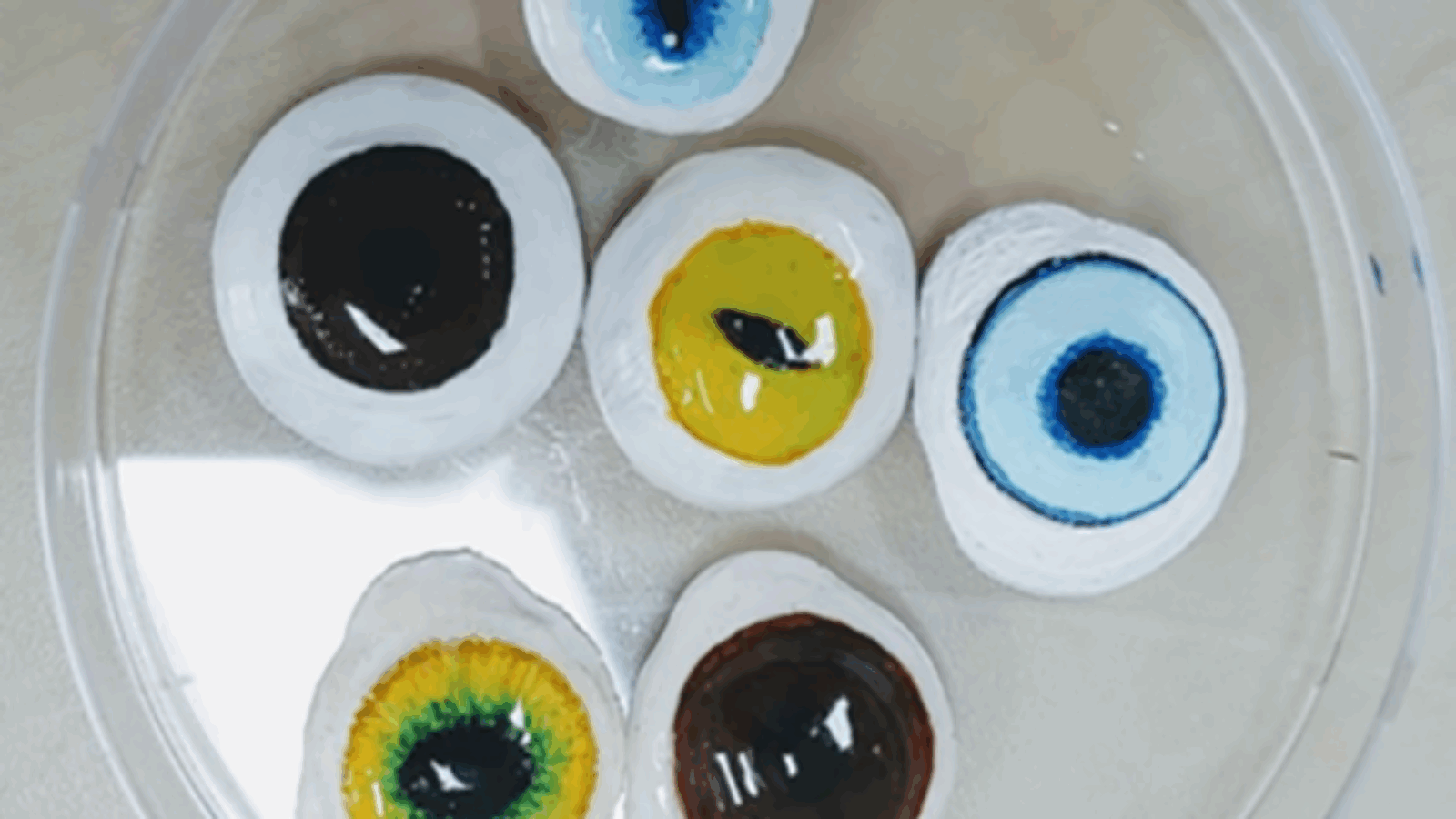Researchers from the Korea-based Chungbuk National University have developed low-cost personalized artificial eyes for canines that have lost theirs to incurable diseases.
Using scanning and modelling techniques, the scientists were able to tailor their implants to individual dogs, before rapidly printing them with an off-the-shelf biocompatible resin. Having tested their prosthetics on two poorly beagles, the team described them as “cosmetically excellent,” and hope to see their devices used to treat other companion animals in future.

Additive aid for poorly pooches
Eye diseases can cause severe discomfort to dogs if left untreated, and unfortunately, many incurable illnesses require removal surgeries to relieve their pain. These operations often leave the affected canines with facial deformations, and as a result, owners often fit their pets with silicone replicas.
Existing prosthetics have limitations though, as they can’t be used in patients with corneal problems, and fibrosis can be induced after surgery. Pet owners aren’t satisfied with the results either, and according to the team’s survey, 62 percent of those whose dogs had undergone surgery were unhappy with its complications.
To overcome these drawbacks, the scientists took inspiration from the porous implants used by human patients, which allow greater fibrovascular ingrowth. Although these tailorable prosthetics have previously shown promise within canine applications, their excessive cost and lead times have prevented their adoption.
3D printing, meanwhile, is regularly used to not only fabricate replicas of the human anatomy, but to produce personalized facial grafts for surgical implantation. Using the same approach, the team theorized that they could manufacture eye implants for dogs that are tailor-made for their individual breed, size and shape.

3D printing the personalized peepers
In order to create their additive eyeballs, the scientists deployed an ultrasound scanning technique, which allowed them to make their devices 75 percent of the socket’s size. The team then modelled their implants using Tinkercad software, and 3D printed them using a PCL pelletized polymer and a Rokit INVIVO bioprinter.
Once the fabricated optics were ready, the scientists implanted them into two beagles, and monitored them for the next six months. The additive replicas proved to be of adequate size during surgery, and the painted prosthetics were worn for 10 hours, three days a week, to allow the dogs to acclimatize.
Manufacturing on Demand
To assess the efficacy of their devices, the team measured factors such as gloss level, inflammation, discharge, infection, and pain after the surgery. Compared to the dogs’ healthy eyes, their implants proved to be similar in appearance, and varied from ‘good’ to ‘excellent’ based on the scientists’ own scale.
Although moderate pain was detected, this disappeared in the dogs after two weeks, and no complications occurred during evaluations. As a result, the team concluded their process to be cheaper and less labor-intensive than existing methods, and consider it to have “great potential” in veterinary applications.
Improving optical health via 3D printing
Scientists and clinicians have deployed 3D printing techniques to create a wide range of facial prosthetics in recent years, including personalized human eyeballs.
Researchers from the University of Minnesota (UMN) for instance, have 3D printed optoelectronic devices using polymer photodetectors on hemispherical surfaces. Utilizing a multi-material system, the team were ultimately able to take a significant step towards the “bionic eyes” of the future.
The Severance Hospital of the Yonsei University Health System (YUHS) has gone one step further, and commercialized its first 3D printed artificial eye. The team behind the additive replica claim that their device will address a market of 60,000 Koreans that currently require optical prosthetics.
Elsewhere, Michael Reber of the Krembil Research Institute has called on 3D printing experts to collaborate as a means of fabricating accurate eye disease models. Reber has theorized that by implanting silk nanofibers, it could be possible to ease the suffering of human eye disease patients.
The researchers’ findings are detailed in their paper titled “.” The study was co-authored by So-Young Park, Jeong-Hee An, Hyun Kwon, Seo-Young Choi, Ka-Young Lim, Ho-Hyun Kwak, Kamal Hany Hussein, Heung-Myong Woo and Kyung-Mee Park.
* This article is reprinted from 3D Printing Industry. If you are involved in infringement, please contact us to delete it.
Author: Paul Hanaphy


Leave A Comment